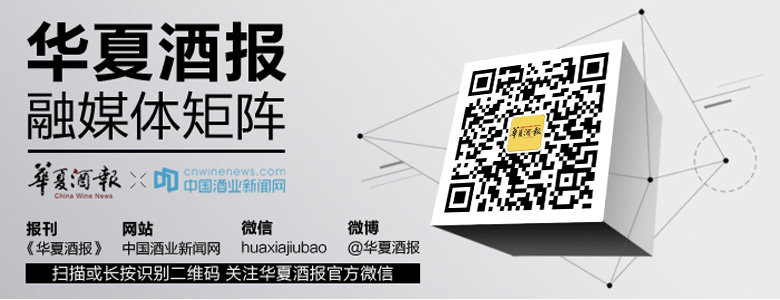On April 14, the Guizhou Provincial Department of Commerce issued the *Announcement on the 2025 Joint Promotion Activities Linking Liquor with Vehicles, Cuisine, and Commerce* (hereinafter referred to as the *Announcement*), announcing a year-long campaign from April 2025 to March 2026 to stimulate consumption through integrated "liquor-vehicle," "liquor-cuisine," and "liquor-commerce" initiatives. This unconventional policy, which ties specific consumption thresholds to quotas for purchasing premium baijiu, reflects a novel approach by local governments to leverage the "hard currency" status of sauce-aroma liquor as an "industrial circulation voucher." The goal is to channel consumer spending toward real industries, bridging production and consumption.
Under the "liquor-vehicle" promotion, individual consumers and corporate clients (private enterprise legal entities) purchasing new 7-seat or smaller fuel or electric passenger vehicles from participating retailers can qualify to buy premium sauce-aroma liquor at official prices. The number of bottles allowed depends on the vehicle’s tax-inclusive invoice amount: a minimum of 12 bottles for purchases between 100,000 yuan and up to 1 million yuan or more. For the "liquor-cuisine" initiative, diners spending 800 yuan or more at participating restaurants in Guizhou can purchase one bottle of premium liquor at the official price for immediate consumption. Each additional 800 yuan spent allows another bottle, capped at five bottles per transaction. The "liquor-commerce" program enables individual consumers to buy up to three bottles of liquor after accumulating eligible purchases (excluding gold, tobacco, gift cards, or duty-free goods) at participating department stores or appliance retailers: 1 bottle for 5,000–10,000 yuan, 2 bottles for 10,000–15,000 yuan, and 3 bottles for 15,000 yuan or more.
While the *Announcement* does not explicitly name the liquor brand, the *China Wine News* identified it via the "Qianyun Easy Buy" mini-program as the *Feitian 53%vol 500ml Kweichow Moutai (with cup)*, priced at 1,499 yuan per bottle—confirming the iconic status of Moutai. This innovative policy integrates baijiu into high-frequency consumption scenarios like auto sales, dining, and retail, creating a "virtuous cycle" that benefits all stakeholders. For instance, linking vehicle purchases to liquor quotas stimulates high-value transactions, enhances market penetration of premium baijiu, and attracts affluent demographics. It also narrows the gap between retail and official prices, curbing market speculation. In restaurants, the "spend 800 yuan, get a bottle" tactic boosts both dining revenue and brand engagement through on-site consumption. Similarly, retail partnerships incentivize repeat purchases in traditionally low-frequency sectors.
By spanning a full year, the policy avoids the pitfalls of short-term promotions, fostering sustained economic momentum. Moreover, embedding baijiu into daily consumption—beyond its traditional role as a luxury gift—opens avenues for cross-sector models like "liquor + tourism" or "liquor + wellness," potentially inspiring other provinces.
However, challenges loom. Dealers warn that flooding the market with 1,499 yuan Moutai via non-traditional channels could destabilize the existing price system (currently above 2,200 yuan in regular markets), squeezing margins and inflating inventory pressures. There are also concerns about equity: affluent consumers gain easier access to Moutai’s investment value through high-ticket purchases like cars, while lower-income groups may overspend on retail goods to secure quotas, fueling irrational consumption. Balancing these interests to ensure market stability while stimulating growth remains critical.
Ultimately, Guizhou’s experiment exemplifies how leveraging local resources to craft innovative, multi-sector consumption scenarios can drive economic development and meet evolving consumer demands—a model worth exploring for its potential to achieve synergistic outcomes.

